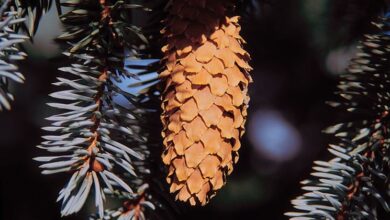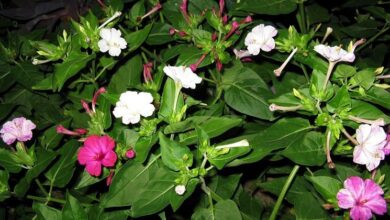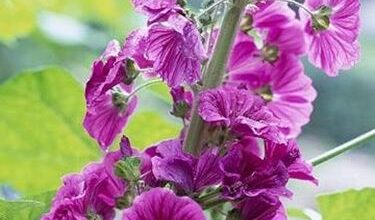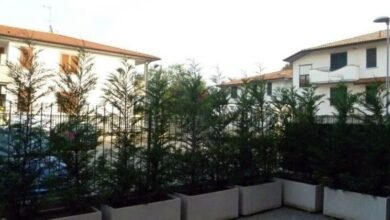Orchid cultivation
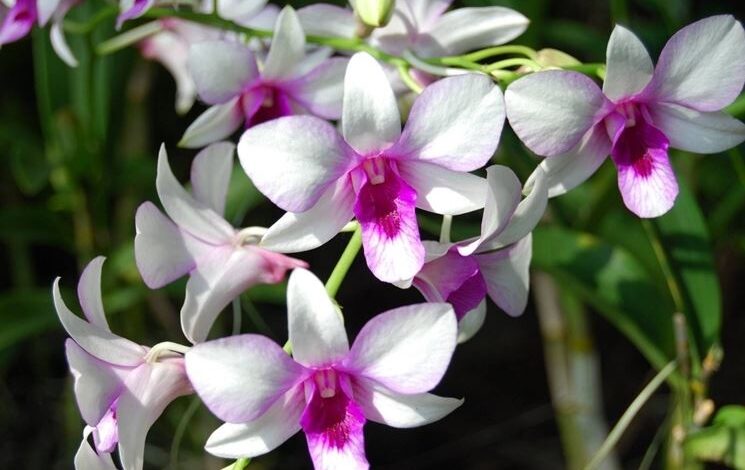
Orchid cultivation
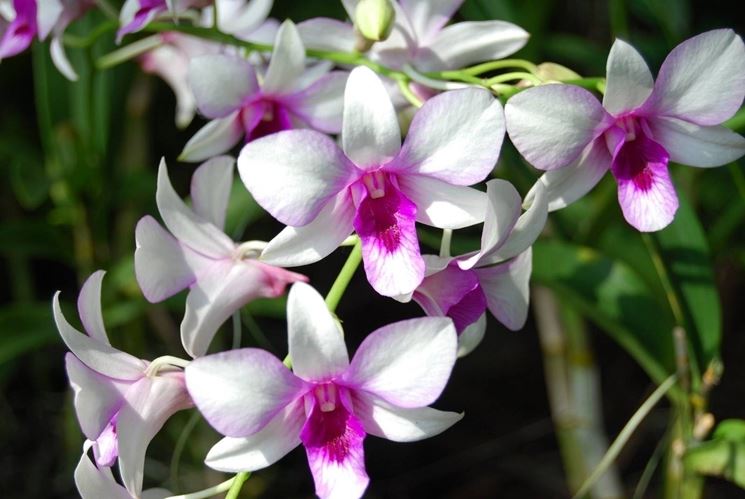
Features
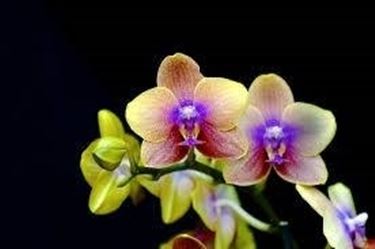
Orchids are perennial herbaceous plants, that is, plants that can live for more than two years. They have whole leaves, linear and sometimes with a fleshy or tubular structure, from which flattened tubers develop which store reserves of nutrients. The flowers are composed of three petals and three sepals, with colors ranging from red, to yellow, to lilac and purple, depending on the variety. There are single-flowered orchids and small-flowered orchids gathered in clusters. The most important feature of orchids are the roots, although commonly we all appreciate the flowers more. In subtropical orchids, the root part is aerial, that is, external to the ground. This structure allows the plant to absorb the humidity of the air conditioning its nutritional needs. The roots of the orchid can develop between the base of the leaves or in the middle of the leaf apparatus. There are varieties of orchid in which the roots have adapted to live on the ground or potting soil. The root system of the orchid, when potted, has the extraordinary ability to cling tenaciously to the substrate and not to detach very easily. This strongly affects the repotting operations, which are actually not very frequent as regards the orchid. To learn more about how to grow orchids, you must also know that these plants need light, but not intense and need the right degree of humidity, but without excess. This peculiarity could make orchids be considered as too demanding plants, in reality they are species accustomed to having the right, but without excess. How to understand the correct light and temperature needs of these plants? Simple: just learn to cultivate them and take care of them lovingly.
Repotting
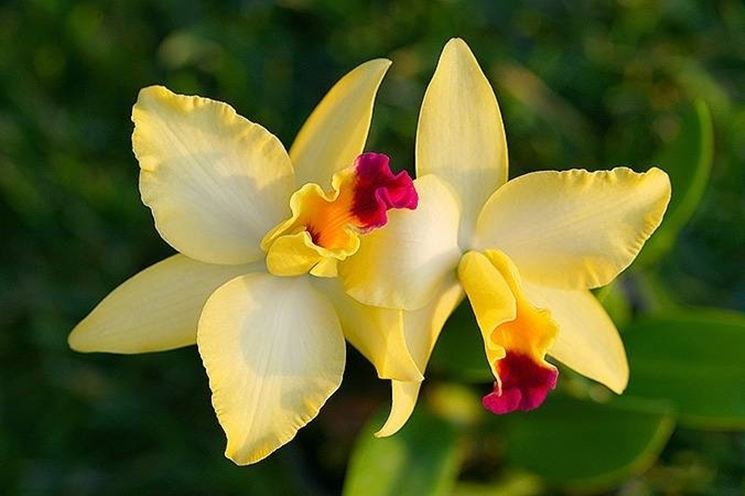
Orchids are usually given as gifts in pots. These are plants that may never be repotted. The need to change pots arises in case of overgrowth of the plant and too small pot size. The suitable period for repotting is immediately after flowering. Before detaching the plant from the old pot, it is necessary to gently detach the roots. The operation would be impossible if we did not proceed first to wet the substrate of the pot, which dried out due to the absorption activity of the roots themselves. Wetting the soil makes the roots softer and easier to detach. If the roots continue to remain firmly attached to the soil, it is advisable to immerse the pot in warm water for half an hour. If that doesn’t work either, it is better to break the pot than to cut the roots. After the detachment of the plant from the container, the dry or rotten plant parts must be eliminated. Repotting can also be an opportunity to multiply the orchid by taking new shoots from the stem. This plant propagation system (cutting) will develop an orchid that is completely identical to the mother plant.
Topsoil
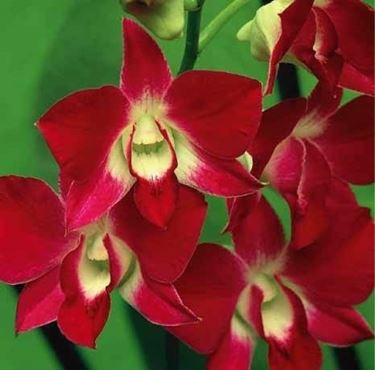
Orchid soil is generally inert, that is, without nutrients. In some cases you can choose a well fertilized soil, this choice, however, will significantly reduce the frequency of fertilizations. The ideal soil for the orchid must guarantee the right level of humidity to the plant and must favor the absorption of water, so as not to allow it to stagnate on the roots. Soils for orchids include various materials, from vegetable and organic to inert ones. When they give us a potted orchid, we find everything: pieces of polystyrene, stones, rock wool, expanded clay. These materials avoid the contact of the roots with the water that remains separated in the bottom of the pot, in order to create a dry and well-drained substrate. Other orchid soils can be sphagnum (moss),

